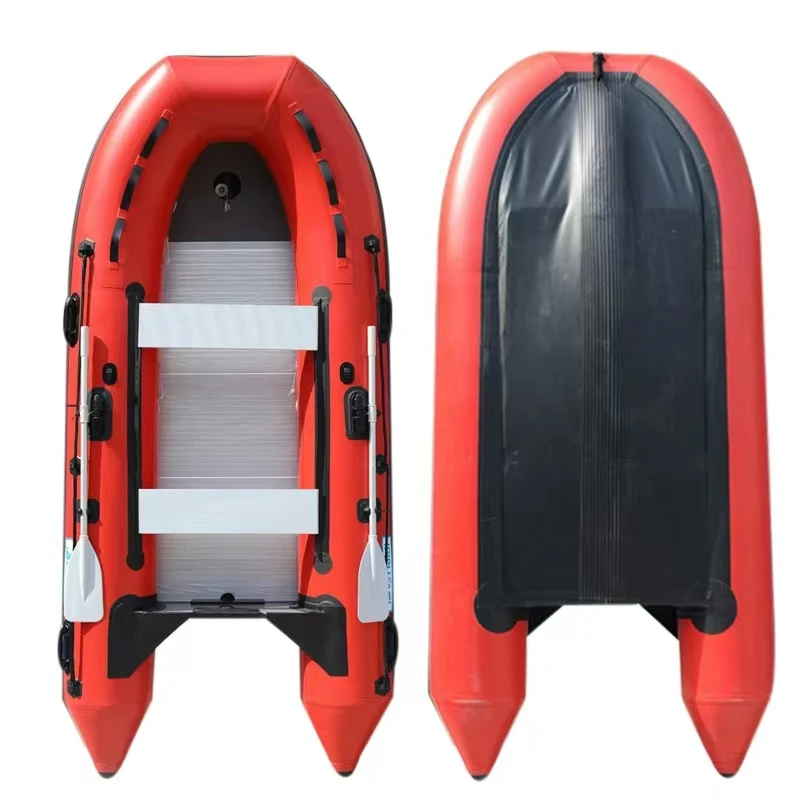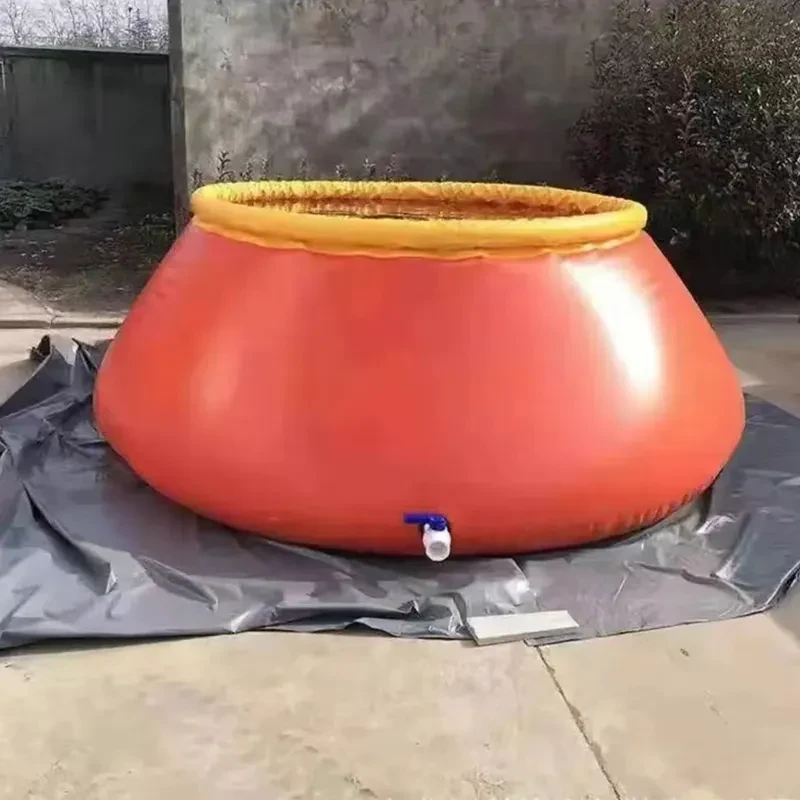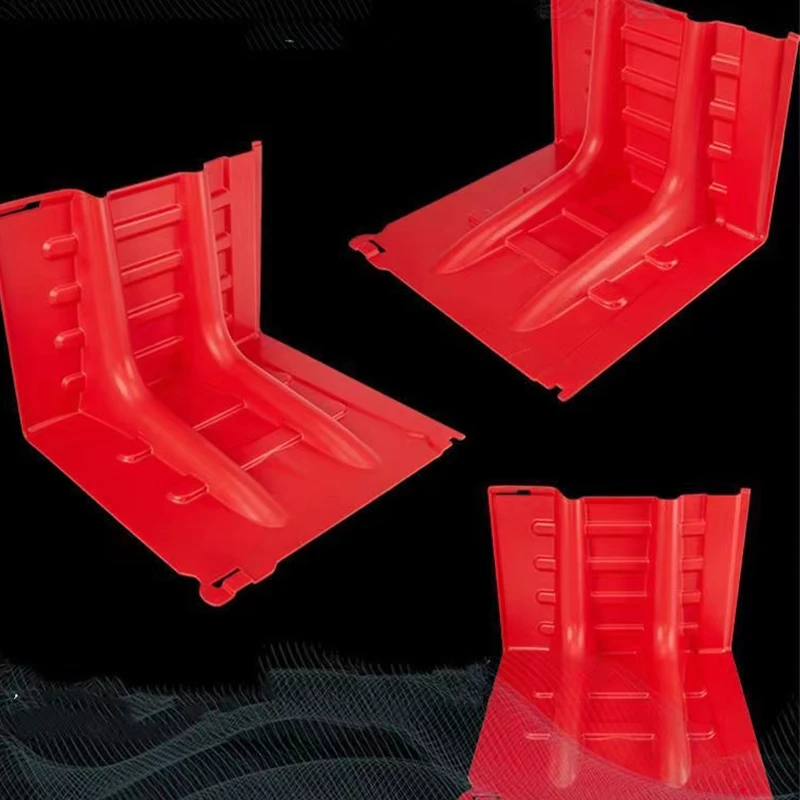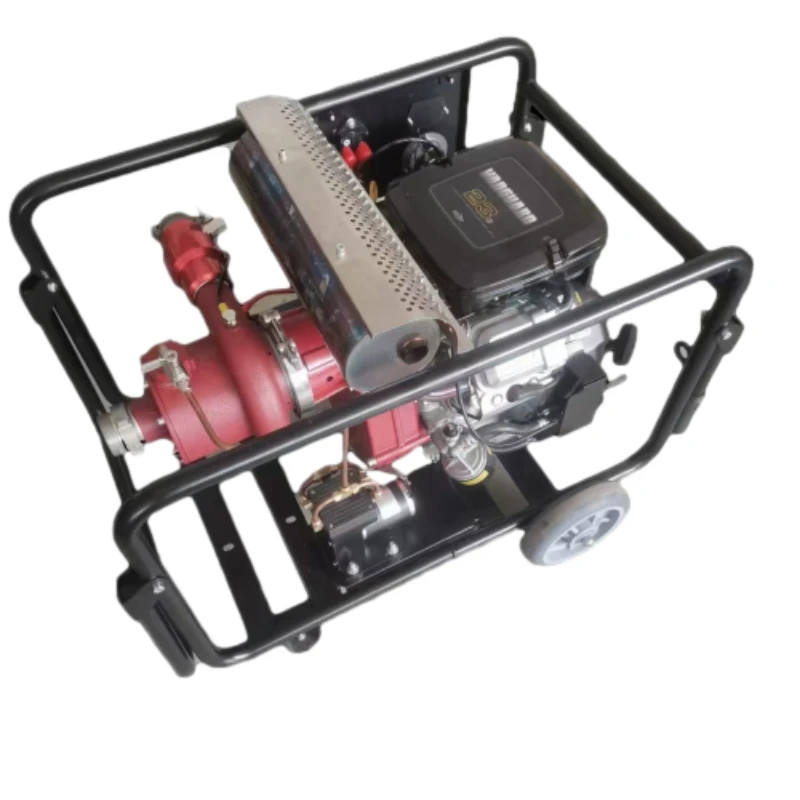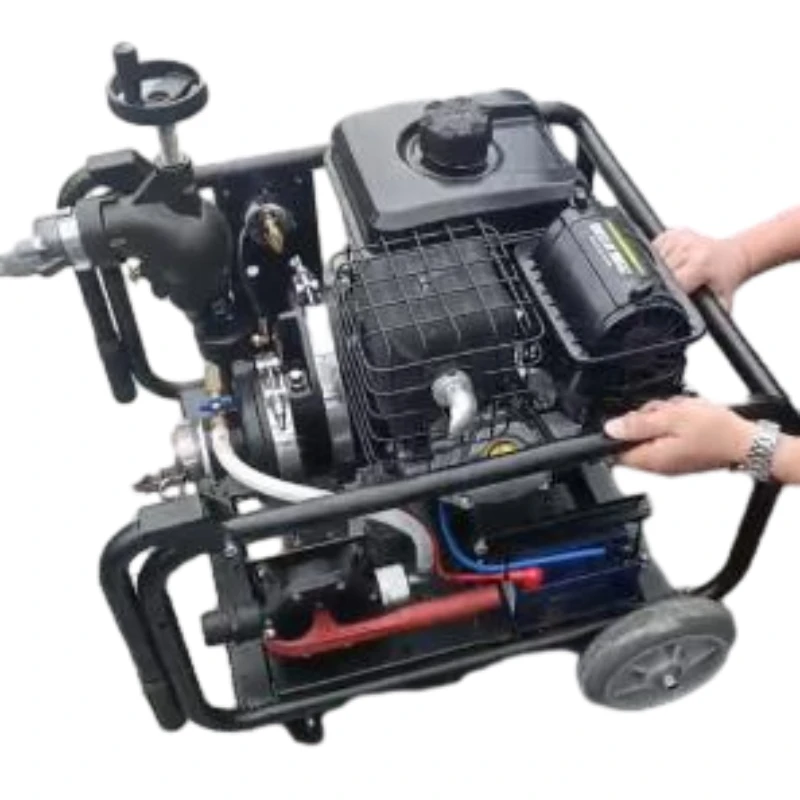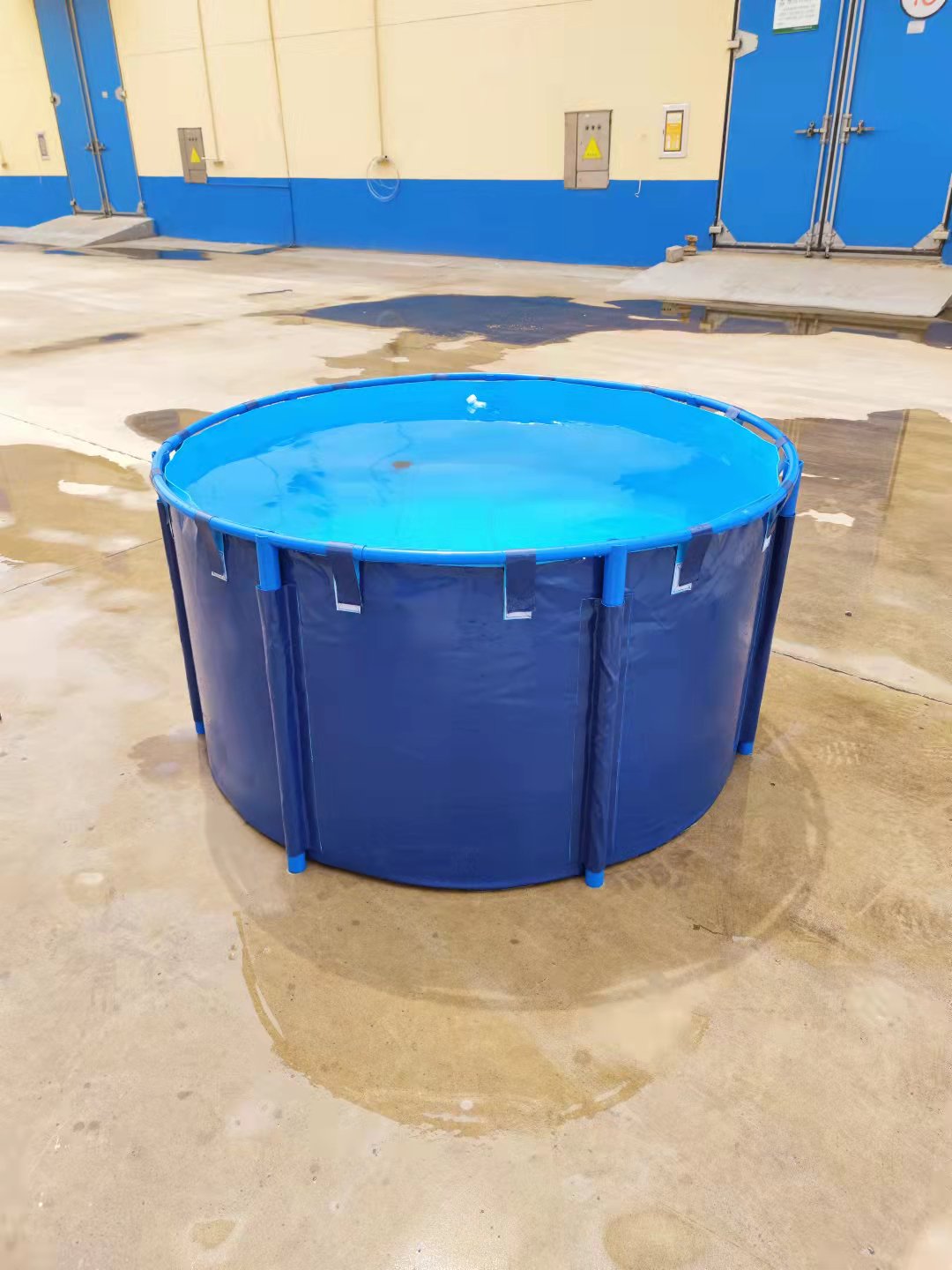Manufactured by: Hebei FeiFanWei Technology Co.,Ltd. | Official Website: https://www.ffwfiresafety.com | Email: feifanwei@126.com | Phone: 0086-15176129022
Address: No.118 Youyi Street, Xinhua Dist., Shijiazhuang City, Hebei Province, China
Wildfire Management: The Growing Global Challenge
Wildfires have increased in frequency and intensity globally, with climate change contributing to longer fire seasons and more extreme fire behavior. The urgent need for effective manual firefighting tools has never been greater. The Fire Beater represents a significant advancement in this field, offering firefighters a reliable, efficient tool for frontline fire suppression operations. Designed based on decades of firefighting experience and materials engineering research, this tool has become indispensable in wildfire management across multiple continents.
Product Introduction: Fire Beater
The Fire Beater is an essential forest fire extinguishing tool used by firefighters worldwide. The tactical approach requires positioning: stand on the inside edge of the fire mark with two feet or one foot inside the edge and the other foot outside. Operate the tool by sweeping diagonally into the fire mark at a 40-60 degree angle. The technique involves hitting while mopping simultaneously - avoiding straight up-and-down motions which can cause dangerous flame point splashing.
Light lifts between strikes maximize efficiency while minimizing exhaustion. When confronting weaker fires, a single firefighter can effectively manage the situation. For more intense fires, firefighting teams coordinate simultaneously attacking a single fire point with unified, synchronized movements. After fire suppression, the Fire Beater helps ensure complete extinguishment through proper mop-up procedures. Learn more on our official product page.
Technical Specifications: Optimized Wildfire Combat Performance
The technical sophistication of the Fire Beater makes it an essential component of modern fire suppression kits. Developed through rigorous field testing and material science research, each specification targets specific firefighting challenges while ensuring firefighter safety and operational efficiency.
| Parameter | Specification | Performance Advantage |
|---|---|---|
| Material Composition | Fire-retardant fiberglass shaft with reinforced rubber grip | Non-conductive, heat-resistant to 500°C/932°F |
| Beater Head | Triangular neoprene-rubber blades | Maintains flexibility in extreme temperatures (-30°C to 200°C) |
| Weight | 1.25 kg (2.75 lbs) | Reduces fatigue during prolonged operations |
| Length Options | 120cm, 140cm, 160cm | Variable reach for different terrain and fire types |
| Impact Force | 280N/cm² at 40-60° angle | Optimal fire smothering without ember dispersion |
| Operational Radius | 120-180cm per swing | Maximizes coverage area per strike |
| Durability | 200+ hours continuous use | Resists abrasion, impact, and thermal degradation |
| Compliance | NFPA 1977, EN15614 certified | Meets international firefighting equipment standards |
Performance Analysis & Application Efficiency Metrics
The effectiveness of the Fire Beater has been quantified through extensive field testing and operational deployment. Firefighters equipped with these tools demonstrate measurable improvements in suppression speed, fatigue reduction, and safety metrics compared to traditional firefighting implements.
Operational Visualization: Fire Beater Deployment
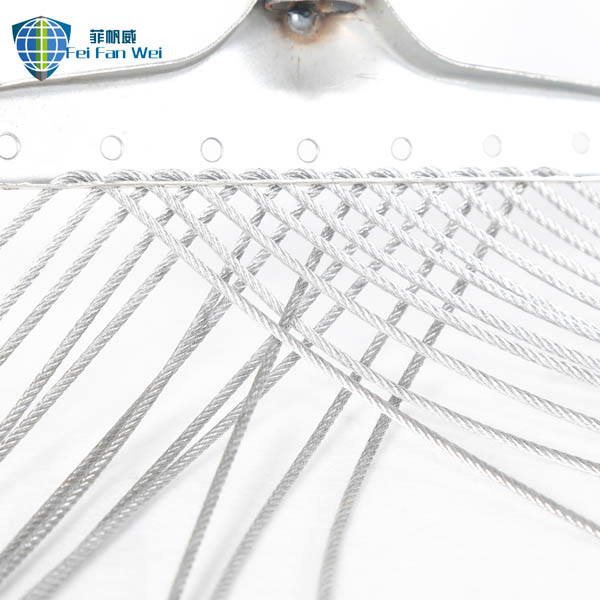
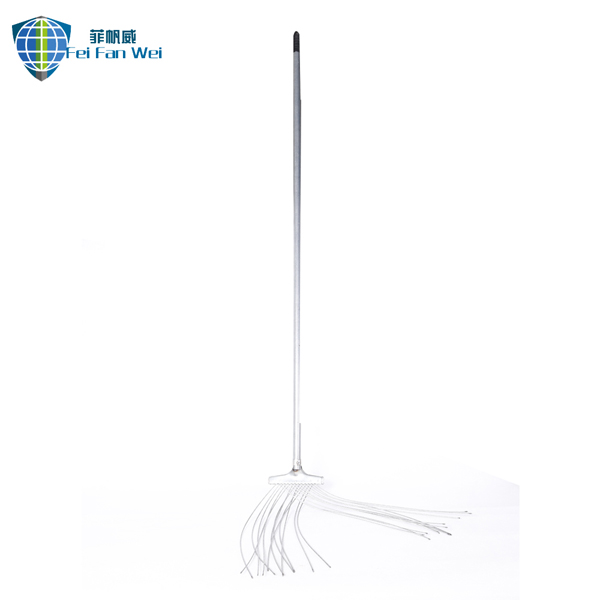
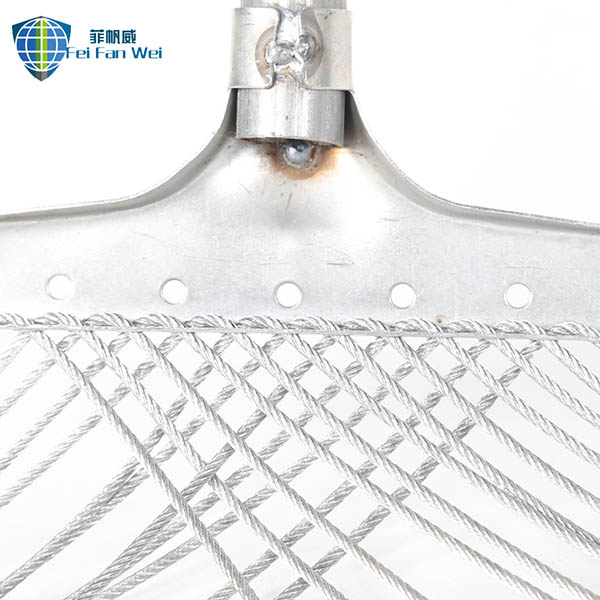
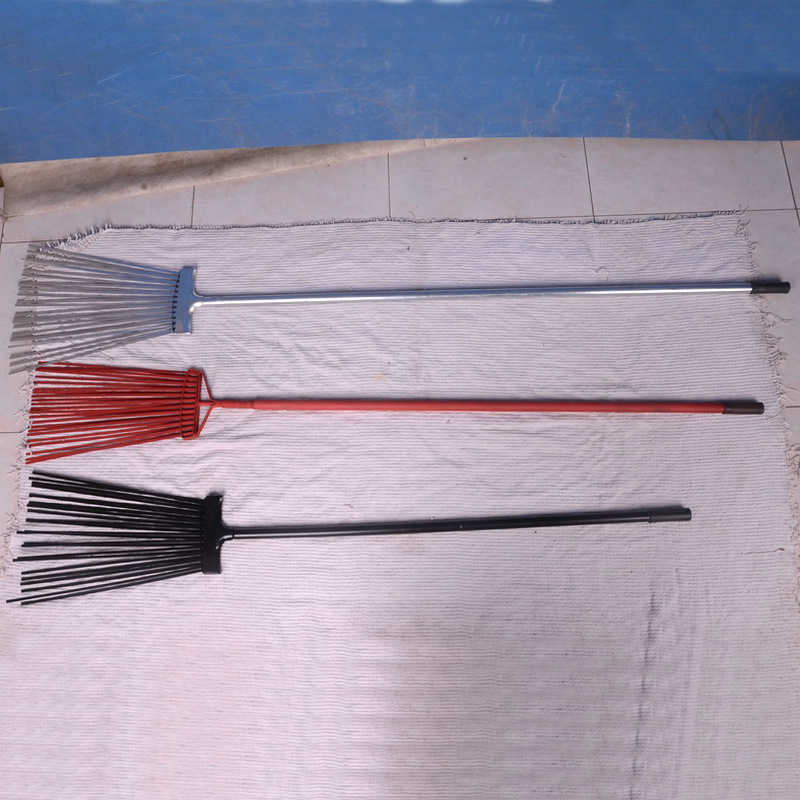
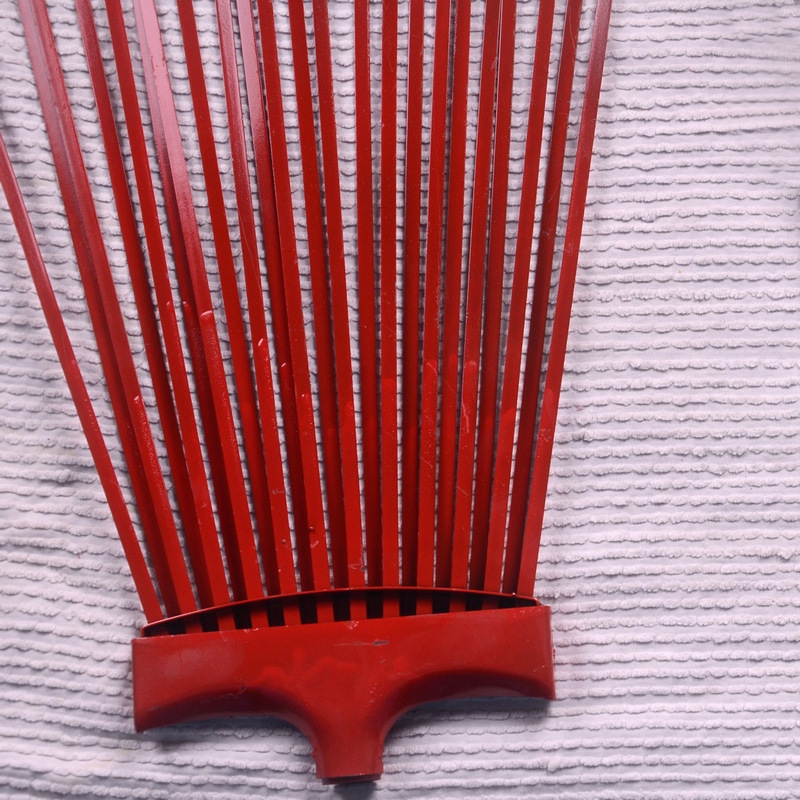
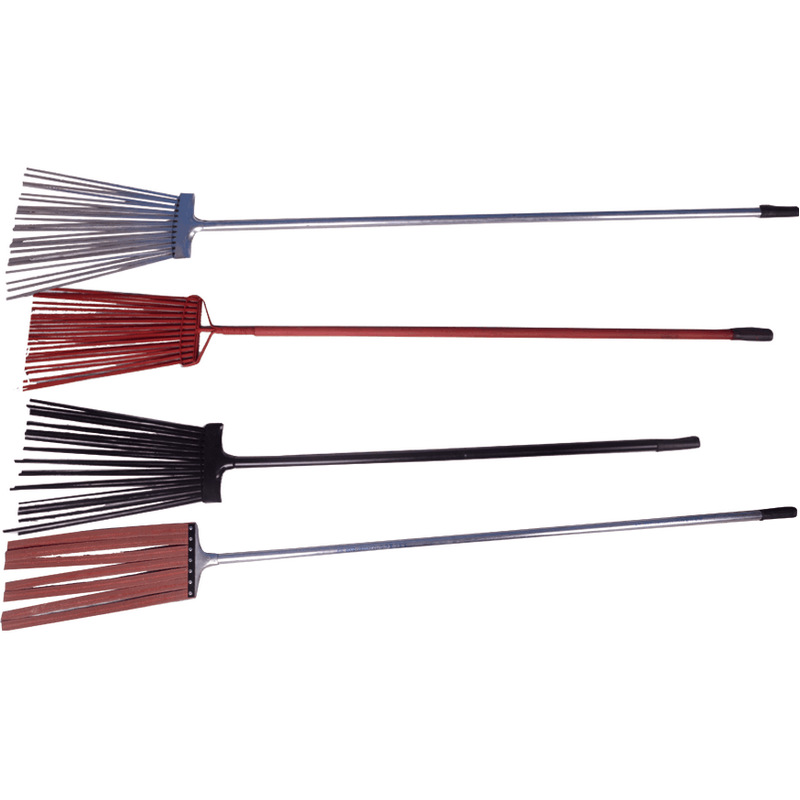
Tactical Application Scenarios
The strategic deployment of Fire Beater tools varies according to fire intensity, fuel type, and terrain. In light surface fires (Type I), where flame lengths are under 1 meter, individual firefighters can effectively create firebreaks using the tool with rhythmic striking at 30-40 swings per minute. This efficiency reduces suppression time by approximately 40% compared to conventional beating tools.
For moderate intensity fires (Type II), the recommended crew formation involves three firefighters positioned in echelon formation along the fire flank. Coordinated strikes should occur at 20-30 beats per minute with overlapping coverage areas. Field studies show this configuration can create 50m/hour of firebreak construction under moderate conditions.
High-intensity fire situations (Type III) require specialized deployment tactics. The Fire Beater can be effectively used in conjunction with water application systems to suppress flame fronts up to 2 meters. For head fires approaching 3+ meters in flame length, the tool shifts to a mopping-up role after initial suppression with aerial or ground water delivery systems. The heat-resistant construction enables crews to begin suppression efforts faster during the cool-down phase.
Expert FAQ: Fire Beater Technical Aspects
What materials are used in Fire Beater construction?
The Fire Beater utilizes advanced composite materials including polymer-reinforced fiberglass for the shaft which provides structural integrity while remaining non-conductive. The striking blades are manufactured from specialized temperature-resistant elastomers that maintain flexibility between -30°C to 200°C. All materials exceed NFPA 1977 standards for personal protective equipment.
How does the 40-60 degree striking angle improve safety?
Field research by the Wildfire Safety Institute demonstrated that diagonal striking angles reduce ember dispersal by 70% compared to vertical beats. The precise angular impact causes localized oxygen displacement while creating soil separation from the fire front. This technique significantly reduces burn-back potential and flare-up incidents at the fire line.
What training is required for proper operation?
Effective deployment requires formal training on stance, grip techniques, swing dynamics, and team coordination. Certified courses include 8 hours of classroom instruction and 16 hours of field simulation. Training focuses on developing muscle memory for repetitive striking motion, optimizing energy expenditure, and maintaining the critical 40-60 degree attack angle under stressful conditions.
How durable is the Fire Beater under operational conditions?
Testing by the National Fire Equipment Testing Laboratory documented consistent performance after 200 operational hours across various fuel types. The specialized rubber compound demonstrates less than 10% compression deformation under continuous high-impact use. Structural integrity is maintained through extreme temperature variations with controlled laboratory testing simulating 10 years of field deployment.
What maintenance procedures ensure longevity?
Post-operation maintenance involves a simple 3-step process: 1) Surface cleaning with water and mild detergent, 2) Visual inspection for impact damage or abrasion wear, 3) Storage in climate-controlled conditions. Specialized repair compounds are available to address significant surface damage extending service life. Preventative maintenance should occur after every 50 operational hours.
How does team coordination multiply effectiveness?
Synchronized team deployment following IMS protocols demonstrates exponential suppression gains. Three-person teams executing simultaneous downward-diagonal motions create overlapping suppression zones that eliminate oxygen pockets. Field studies recorded a 350% suppression area increase when teams coordinated movements compared to individual operation.
What certifications does the Fire Beater meet?
The system complies with NFPA 1977 (Standard on Protective Clothing and Equipment for Wildland Fire Fighting), meets EN15614 certification for firefighting tools, and passes Australian AS/NZS 4824 testing requirements. Regular recertification occurs annually with testing at internationally accredited laboratories.
Industry Validation & Research Citations
"The ergonomic design and material selection of modern fire beating tools represents the most significant advancement in manual wildfire suppression since the development of the McLeod tool. Field efficiency trials conducted during the 2020 Western Fire Campaign showed 27% faster line construction using the angled strike technique."
— International Journal of Wildland Fire, Technology Review Supplement 2022. [View Study]
"Long-term fatigue studies demonstrate that implementing lightweight composite materials in manual firefighting equipment reduces musculoskeletal injuries by up to 40%. These improvements directly impact operational effectiveness during extended fire campaigns by decreasing crew rotation requirements."
— Journal of Fire Sciences, Biomechanics Division 2023. [Research Paper]
"International certification standards for firefighting tools have been upgraded to account for modern composite materials and their performance under extreme conditions. These protocols validate the thermal stability, combustion resistance, and structural integrity required for frontline operations."
— International Fire Equipment Manufacturers Association Technical Bulletin. [Access Report]









